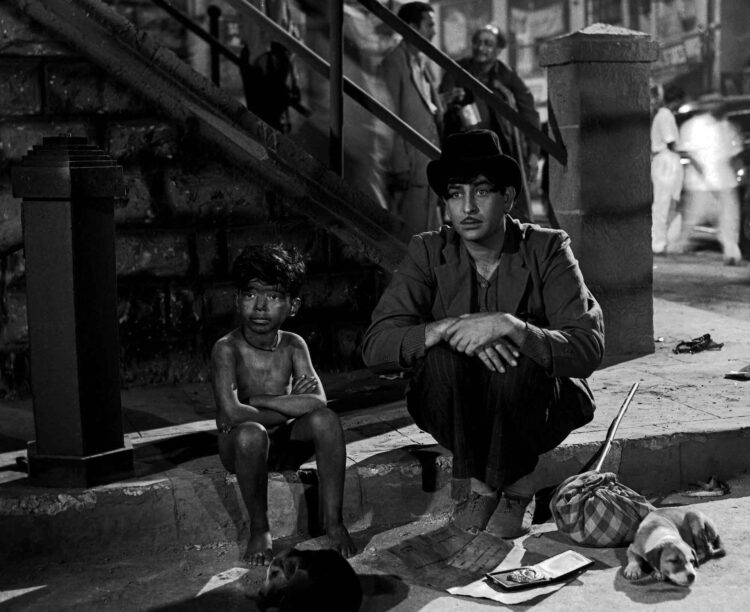The glimmer of a diamond-studded necklace against a backdrop of dusty lanes.
A singing hero, eyes alight with dreams, stepping into a glittering ballroom.
It’s a tale as old as time, and in Bollywood, it’s a story told again and again.
Why does Bollywood return, again and again, to rags-to-riches narratives? Maybe because nothing captures the Indian imagination quite like the underdog who conquers all. It’s aspirational, it’s cathartic—and honestly, isn’t it thrilling to watch someone go from shining shoes to shining on red carpets?
From Humble Beginnings to Grandeur
Consider Raj Kapoor’s Awaara (1951). The story of a penniless underdog who becomes a star not only kicked off an entire genre but also spoke to a nation rebuilding itself. Kapoor’s trampish hero, stumbling through class divides, mirrored the new India negotiating freedom and ambition. And a few years later, Shree 420 (1955) doubled down on this theme: the small‐town everyman, lured by the city’s bright lights, navigating temptation, heartbreak and—yes—the dream of “making it big.”
Those films did more than entertain. They threaded social commentary—about corruption, about inequality—into toe-tapping songs.
Real life stories reinforce the myth. Look at Boman Irani, who went from waiting tables to waiting in makeup chairs at major film shoots. Akshay Kumar became Bollywood’s highest taxpayer for years. They’re living proof: grit can outshine pedigree. These modern fables of hope and hard work continue to resonate, proving that the classic formula is as relevant today as it was in the golden age of cinema.
Why We Love the Climb
Why does this arc feel so essential? For one, we’re a nation of storytellers. Our oral traditions brim with epics like the Mahabharata, where humble origins don’t limit destiny. Cinema simply modernizes that impulse. Catch a glimpse of someone who could embody your own “what if?”—and you’re hooked.
Second, there’s pure escapism. Watching a hero’s fortunes reverse—sometimes with a sudden twist, maybe even akin to winning the lottery jackpot in its narrative rush—allows us to forget traffic jams, loan EMI deadlines and that looming office presentation. It’s not an endorsement to chase luck; it’s emotional release.
Beyond Glitter
Some directors have even flipped the trope on its head. Gully Boy (2019) explores poverty and ambition through Mumbai’s underground rap scene, proving that rags-to-riches needn’t rely on fairy-tale endings to feel triumphant. The protagonist never quite lands in a mansion, but his voice reverberates through stadiums. And isn’t that success enough?
The Heartbeat of Bollywood
These stories endure because they’re flexible. Rags-to-riches can be drenched in melodrama or shot with a documentary lens. They can sparkle with song-and-dance or thrum with rap beats. But centrally, they speak to our shared hope: that perseverance—coupled with a pinch of luck—can upend the status quo.
Bollywood won’t abandon these narratives any time soon. They’re coded into the industry’s DNA, a mirror to every chawl-dweller’s secret ambition.
Have your own favourite underdog tale? Maybe a film that made you believe in dreams all over again. Drop a comment below and let’s chat about which journeys stole your heart.




